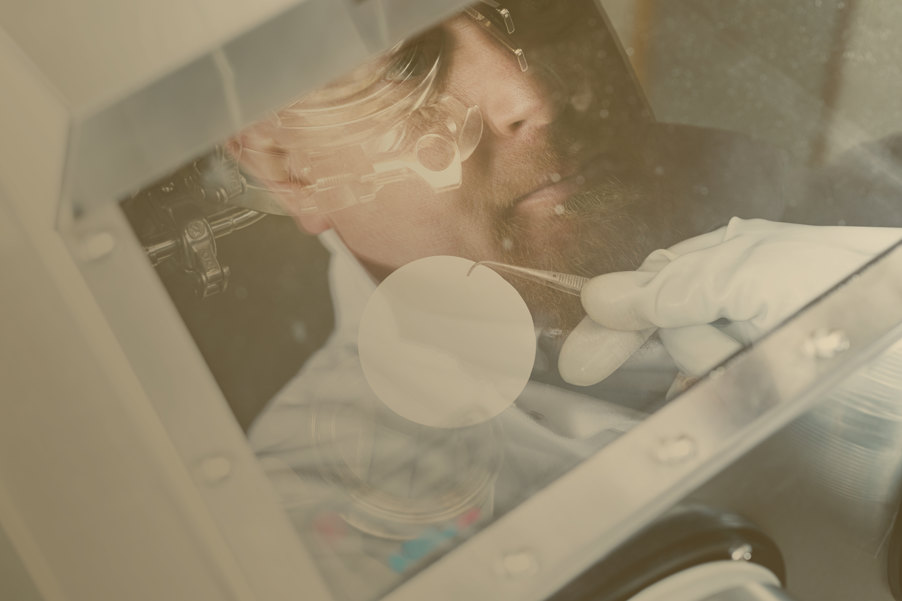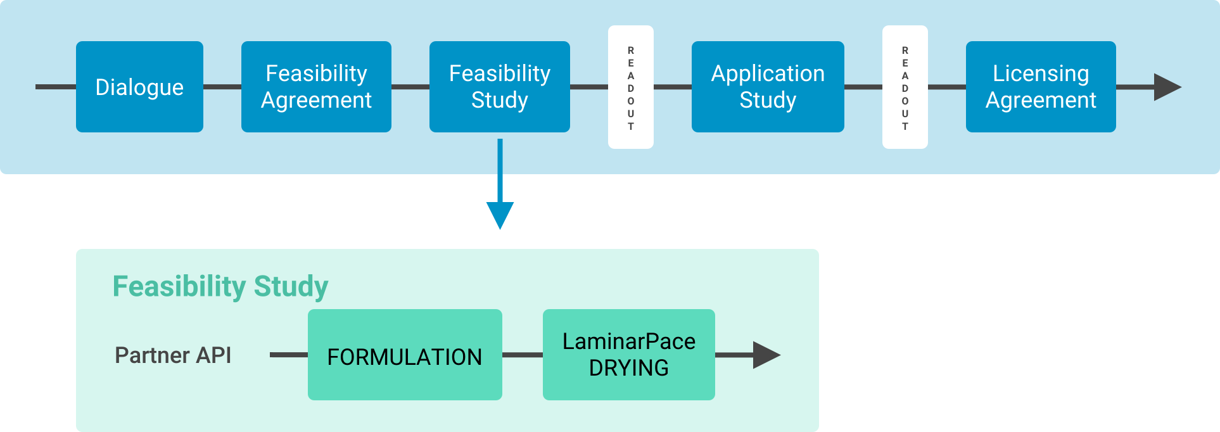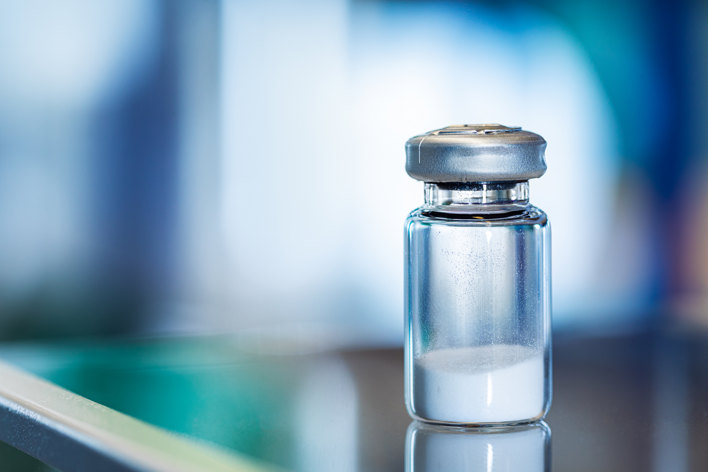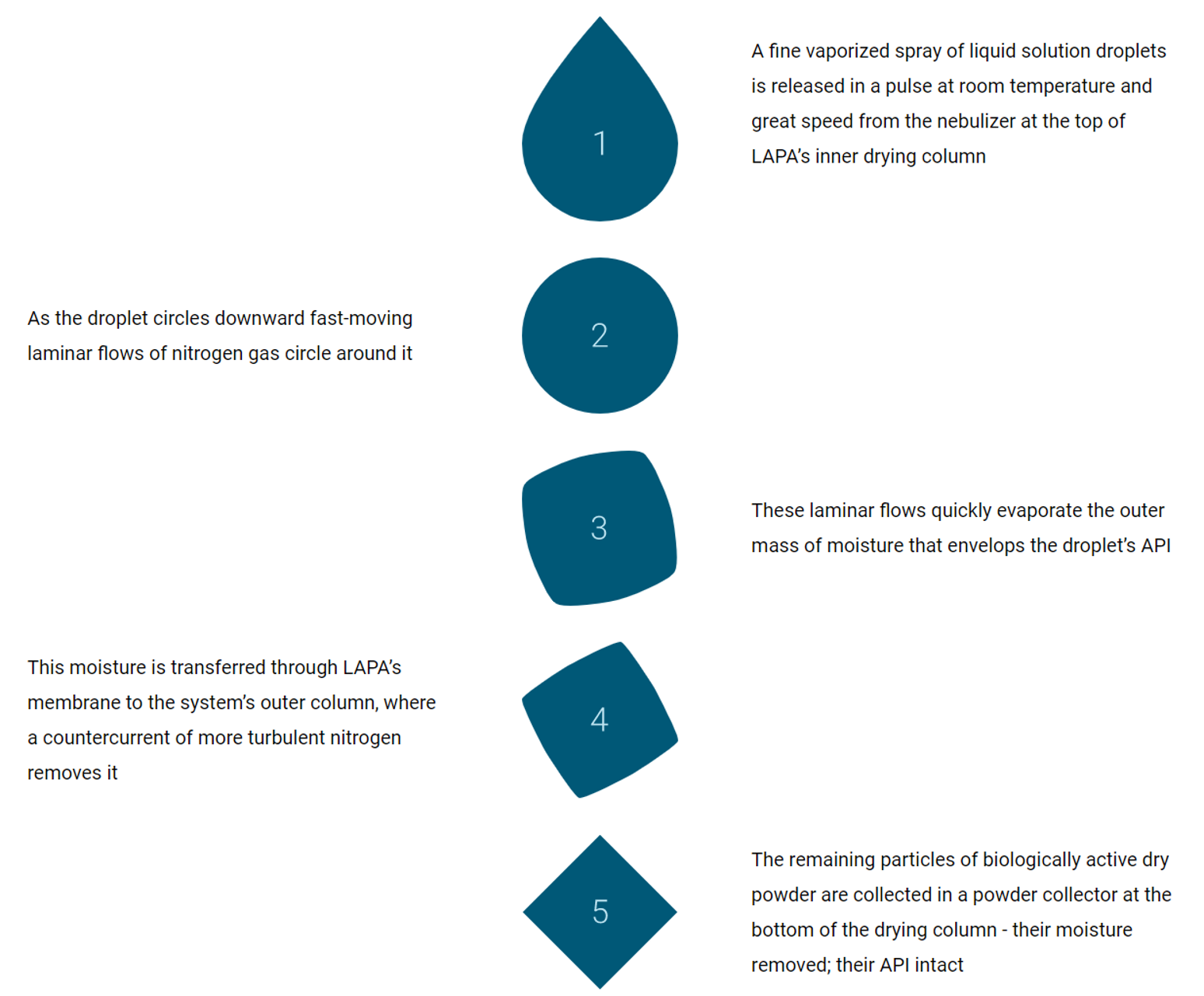Ziccum in brief
Ziccum is developing LaminarPace, a unique ambient drying method for biopharmaceuticals and vaccines based on mass transfer, not heat transfer. The technology is offered by licensing to vaccine and biologics developers and manufacturers in the global pharmaceutical industry.
By reducing drying stress to the active ingredient, LaminarPace uniquely enables particle-engineered, thermostable dry powder biopharmaceuticals which can be easily handled and transported and are highly suitable for novel administration routes. The technology has been successfully applied to mRNA, peptides, proteins, antibodies, lipids and enzymes as well as excipients and adjuvants, and is well suited for industrial application.
Vision
Ziccum's vision is to enable new biological treatments for patient needs globally, by making drug formulation, biopharmaceutical processing, product transport and patient administration efficient and functional enough for successful treatments.
History
LaminarPace was developed by Inhalation Sciences Sweden AB (publ) to generate small amounts of micronized material for aerosolization. However, the many additional high-potential areas the technology could be applied to soon became apparent, and for that reason, Inhalation Sciences carried out a spin-out of LaminarPace into a subsidiary, Ziccum AB, which since mid-2017 has been developing and commercializing the technology on its own.
Ziccum's shares were listed on Spotlight Stock Market on October 25, 2018.
On December 1 2020, Ziccum moved to Nasdaq First North Growth Market.

Business model
Ziccum’s business model is based on partnering and co-development with biotech and pharma companies. LaminarPace is developed to be an integrated part of the commercial supply chain of biological pharmaceutical products, with a particular focus on vaccines and mRNA-based products.
The business model rests on the following focus areas:
- An active partnering agenda to create a substantial pipeline of industrial dialogues.
- Development responsibility for the LaminarPace unit and process development.
- Development and optimization of quality attributes and scale-out.
- Continuous regulatory assessment to prepare for industrialization.
In the early project phases revenues are generated by paid feasibility studies, agreement signing fees, milestone payments for R&D activities and license fees for exclusive evaluation periods. At a mature commercial stage, revenues will primarily be earned through royalty payments from licensees – a standard revenue model for pharmaceutical industry.

Ziccum technology licensing business model
Ziccums business and revenue models are dependent on a strong IP position. The IP strategy rests on two pillars: Patents and Trade secrets.
The basic principles of LaminarPace are protected by an approved Patent family providing an important basis for customer interaction and R&D activities and a fundament for out-licensing. The patent portfolio is currently built to include several layers of patent protection, including general technical improvements and features as well as specific use areas and product classes, enabling a strong and long term patent position supporting a long term out-licensing revenue stream.
Trade secrets are well defined pieces of operational knowledge, such as the optimal drying conditions for each specific product.
Market and market targeting
The market for biologics and vaccine manufacturing is very significant and has a renewed emphasis with the covid-19 pandemic, having created keen awareness of the importance of vaccines not only within research organisations and from healthcare authorities, but in every segment of the industry and in the general public, globally. The Covid-19 pandemic created an enormous focus on developing a vaccine urgently, and highlighted the need for worldwide distribution.
Thanks to very intense efforts from large industry players it was possible to develop the new mRNA in LNP formulation for Covid-19 vaccination in a short timeframe. However, as now commonly known, these new mRNA vaccines require cryogenic handling all throughout the distribution chain, meaning storage and handling at -80’C. This poses a number of logistical and handling issues. In this situation, the Ziccum offering to enable powder-form thermostable biologics and vaccines should be of great interest.
The freeze-drying technique for drugs, established and developed since many decades, still has only succeeded in very limited trials to generate dry mRNA/LNP – and the product still requires special handling. Another technique gaining ground in pharmaceutical processing is spray-drying by heating – but there, no known attempts have succeeded in generating dry material from mRNA/LNP. Hence, the LaminarPace ability to dry LNP formulations may be of great importance.
The LaminarPace technology lends itself to biopharmaceutical ingredients in general, but as of now the company has decided to focus on vaccines, and three specific vaccine platforms, all relevant for covid-19 vaccines:
- mRNA/LNP vaccine platform
- Viral vector (adenovirus) platform
- Subunit vaccine (adjuvanted) platform
For the total vaccine Western world sales market value, estimates for the top vaccine indications are as follows; In 2023 predicted to 67 billion USD, also after a slight decrease from record Covid-19 numbers; to be followed by some 64 billion USD per year in 2024-2026, then rising towards 80 billion USD in 2028*.
The corresponding annual market value for our three focus vaccine platforms are 40-50 billion USD for the years 2024-28. With a licensing business model, estimates of the addressable market size for our three focus vaccine platforms, considering a 1% royalty on entire vaccine sales can be made. Based on this, the total drying technology licensing market size may be predicted to 400 – 500 mUSD*.

*Estimates based on the GlobalData Intelligence platform Dec 2022
Technical description
LaminarPace creates an efficient drying process by generating mass transfer, rather than heat transfer. This happens directly after evaporation and removes the need for elevated temperatures. Mass transfer is a highly efficient drying method. Our optimization tests demonstrate that following drying less than 2% of absolute humidity is left inside LaminarPace’s drying column.
To best understand the process, let’s follow the drying path of a single droplet of biomolecule.

The LaminarPace drying path of a single droplet